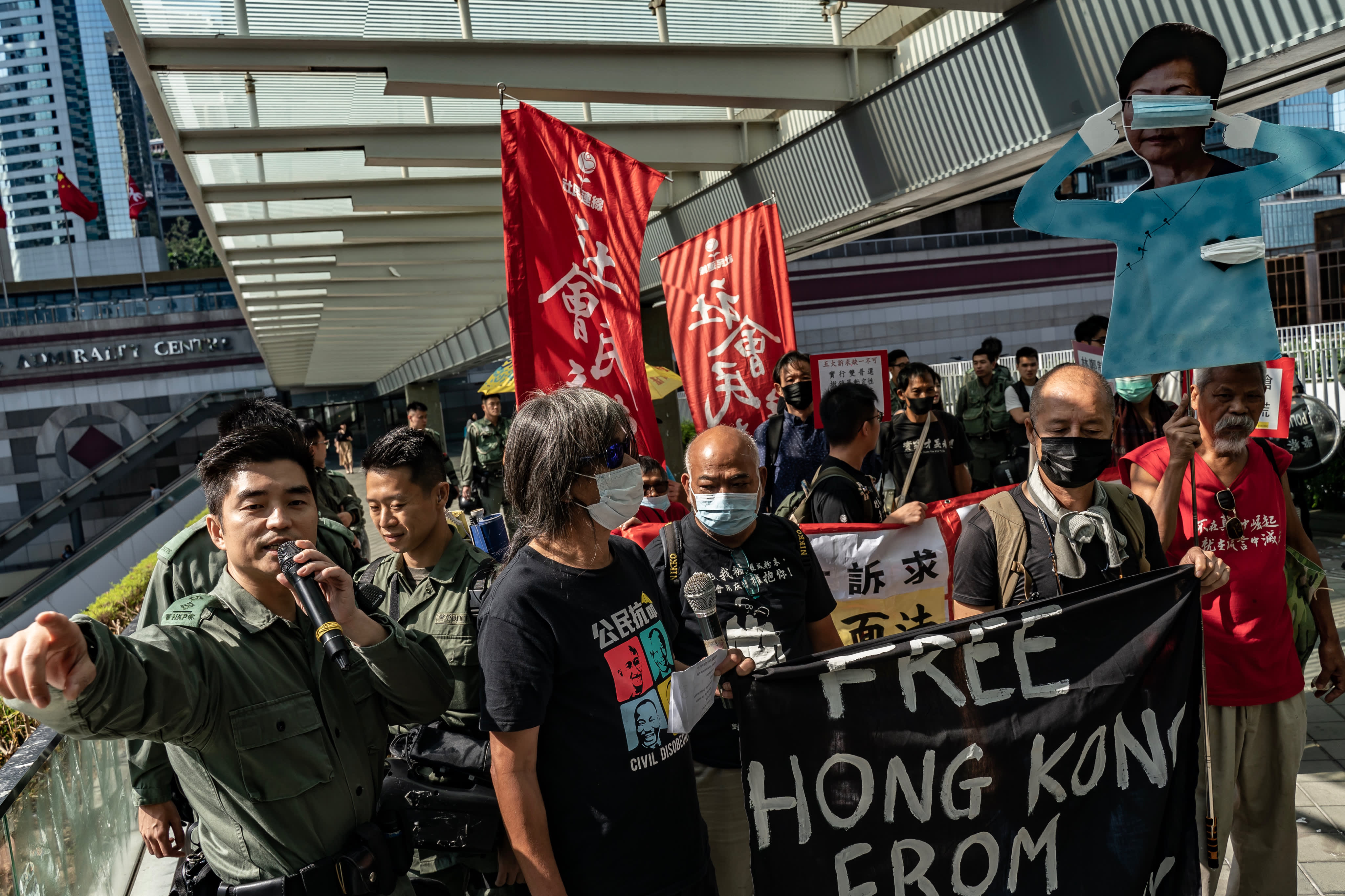Understanding the Law: What is an Illegal Protest?
The right to protest is a fundamental aspect of democratic societies, allowing individuals and groups to express their opinions, raise awareness about social issues, and advocate for change. However, the law also regulates protests to ensure public order, safety, and security. In this article, we will explore what constitutes an illegal protest, the laws surrounding peaceful assembly, and the consequences of organizing or participating in an unlawful protest.
Protests have been a cornerstone of social movements throughout history, from the American Revolution to the Civil Rights Movement. The freedom to protest is enshrined in many constitutions and international human rights instruments, including the Universal Declaration of Human Rights. However, the exercise of this right is subject to certain limitations and regulations, as outlined in the law.
Types of Protests and the Law
There are several types of protests, each with its own set of rules and regulations. Understanding the specific laws governing each type of protest is essential to avoid unintentionally violating the law.
Public Processions and Marches
Public processions and marches are types of protests where a group of people walk or march through a public place to convey a message or demonstrate a cause. The law regulates these types of protests to ensure public order and safety.
- In the United Kingdom, for example, public processions and marches are subject to the Public Order Act 1986, which requires organizers to obtain a permit and follow specific guidelines.
- In the United States, the First Amendment to the Constitution protects the right to peaceful assembly, but states and local governments may impose additional regulations on public processions and marches.
Peaceful Assembly and Public Demonstrations
Peaceful assembly and public demonstrations are types of protests where a group of people gather in a public place to express their opinions or advocate for a cause. The law regulates these types of protests to ensure public order and safety.
- In Australia, for example, peaceful assembly and public demonstrations are subject to the Crimes Act 1900, which requires organizers to obtain a permit and follow specific guidelines.
- In Canada, the Charter of Rights and Freedoms protects the right to peaceful assembly, but provinces and territories may impose additional regulations on public demonstrations.
The Law of Incitement to Violence
The law of incitement to violence is a critical aspect of regulating protests. Incitement to violence is defined as the act of encouraging or provoking others to engage in violent behavior.
- In the United States, incitement to violence is subject to the First Amendment, but it can be prohibited if it is deemed to be "imminent" and poses a "substantial risk" of harm.
- In the United Kingdom, incitement to violence is subject to the Public Order Act 1986, which prohibits the incitement of others to engage in violent behavior.
The Role of Social Media in Regulating Protests
Social media has become an increasingly important platform for organizing and participating in protests. However, the law regulates social media to prevent the spread of misinformation and incitement to violence.
- In the United States, social media platforms are subject to Section 230 of the Communications Decency Act, which provides immunity from liability for online content.
- In the United Kingdom, social media platforms are subject to the Online Safety Act 2022, which requires them to take steps to prevent the spread of misinformation and incitement to violence.
The Consequences of an Illegal Protest
Participating in or organizing an illegal protest can have serious consequences, including arrest, fines, and imprisonment.
- In the United States, participating in an illegal protest can result in arrest and prosecution under federal and state laws, including the First Amendment.
- In the United Kingdom, participating in an illegal protest can result in arrest and prosecution under the Public Order Act 1986.
Conclusion
The right to protest is an essential aspect of democratic societies, but it is subject to certain limitations and regulations. Understanding the laws surrounding peaceful assembly and public demonstrations is crucial to avoid unintentionally violating the law. By following the regulations and guidelines outlined in this article, individuals and groups can exercise their right to protest while ensuring public order, safety, and security.
Frequently Asked Questions
- What is the difference between a peaceful assembly and a public demonstration?
- How do I obtain a permit for a protest in my area?
- What are the consequences of participating in an illegal protest?
- How do social media platforms regulate protests?
- What are the laws surrounding incitement to violence?
Is Tony Hinchcliff Married
Goblin Cave
Did Piddy Passed Away
Article Recommendations
- Uday Chopra
- Hisashi Ouchi Real Hospital Po
- Crazyjamjam
- Bryshere Gray Gay
- Saxon Musk
- Is Michael Lavaughn Robinsontill Alive
- Kayte Walsh
- Mei Hasan Wife
- Theo Von Girlfriend
- Victor Vescovo



